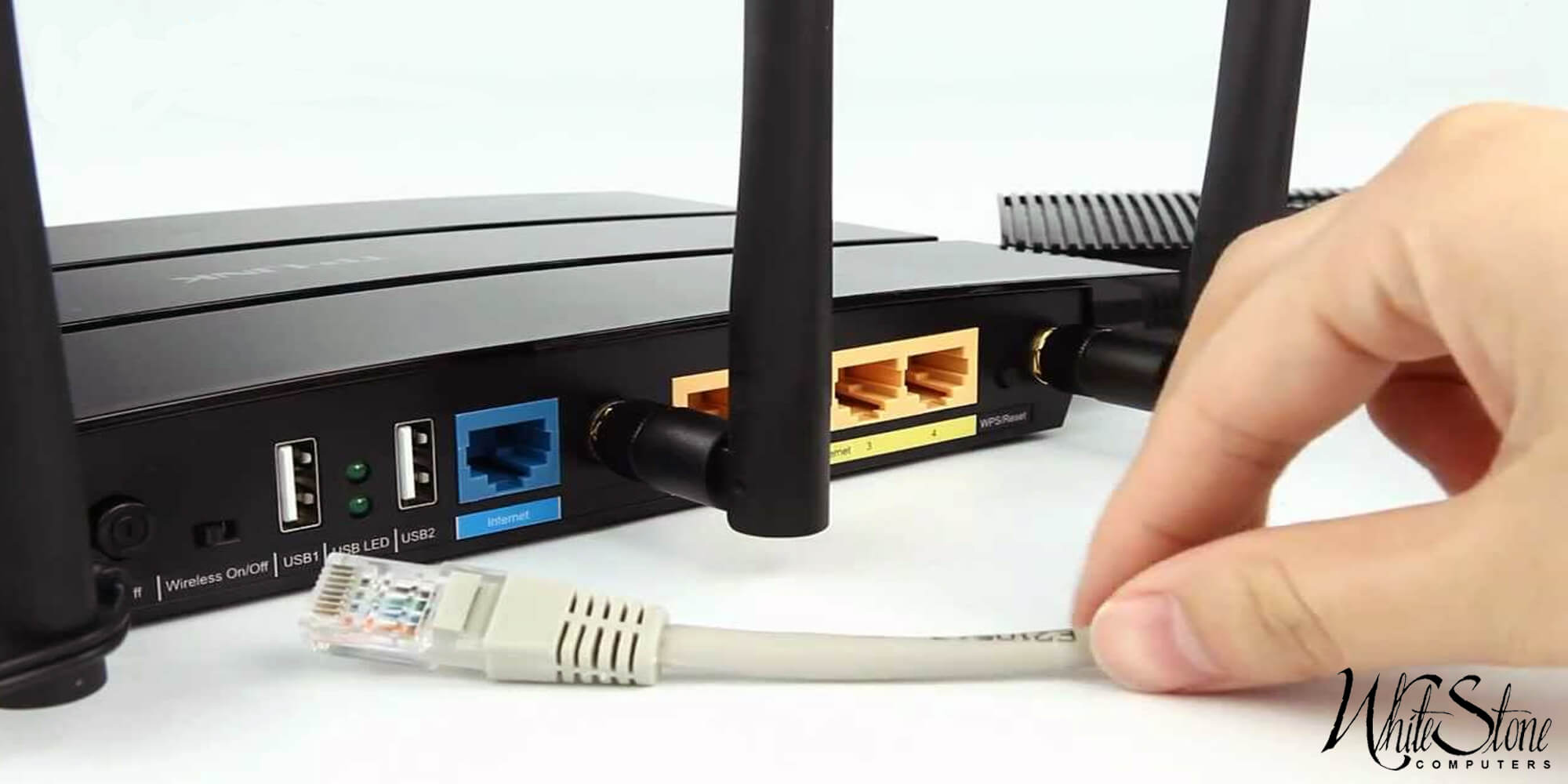Why Wireless Device Setups Matter
When it comes to setting up wireless devices, the process may seem simple enough. However, a poorly executed setup can lead to a whole host of issues down the line. A properly configured wireless network ensures that devices connect seamlessly to the internet and one another without interruption or disconnection.
Moreover, a well-designed wireless device setup can enhance security in your home or office space. With advanced authentication protocols and encryption methods, you can keep your data safe from potential breaches and unauthorized access.
Lastly, having an efficient and reliable wireless device setup can save time and frustration in the long run. Gone are the days of constant buffering or connection issues that cause delays in productivity. With a strong network connection established by a proper setup, you can focus on getting things done without worrying about technical difficulties along the way.
Types of connections: wireless routers
Wireless routers are an essential component of wireless device setups. There are several types of wireless routers available today, each with different features and capabilities. The most common type is the single-band router, which operates on a frequency of 2.4 GHz and provides data rates up to 150 Mbps.
Dual-band routers are another popular option that operate on both 2.4 GHz and 5 GHz frequencies. These routers provide faster data rates compared to single-band models, making them ideal for tasks such as streaming high-definition videos or playing online games.
Mesh Wi-Fi systems have also become increasingly popular in recent years. They consist of multiple nodes that work together to provide seamless connectivity throughout a large area, such as a home or office building.
Types of connections: wireless extenders and mesh
Wireless extenders are devices that help expand the coverage area of an existing wireless network. They work by receiving the signal from the router and re-broadcasting it to areas where the signal is weak or non-existent. Like routers, there are two types of wireless extenders: single-band and dual-band. Single-band extenders operate on only one frequency band, typically 2.4GHz, while dual-band extenders support both 2.4GHz and 5GHz frequencies.
Single-band extenders are generally less expensive than dual-band but have limited range and speed capabilities compared to their counterparts. Dual-band extenders offer higher speed and longer range but come at a higher cost. When selecting a wireless extender, it’s essential to consider factors like compatibility with your existing network, the size of your coverage area, and your budget.
One thing to keep in mind when using wireless extenders is that they can create multiple networks with different names, which can be confusing for users trying to connect seamlessly between access points. However, some modern routers come equipped with Mesh WiFi technology that eliminates this issue by creating a seamless network across multiple access points without requiring additional hardware like wireless extenders.
Types of connections: point to point
Point to point is a type of wireless connection that allows two devices to communicate with each other without the need for an internet connection. This type of connection is commonly used in outdoor settings where there are no wired connections available. It works by creating a direct link between two devices, with one device acting as the access point and the other as the client.
Point to point connections are often used in industries such as agriculture, construction, and mining where communication between workers on remote job sites is necessary. They are also used in residential homes for connecting security cameras, network storage devices, or gaming consoles to a home network.
One advantage of a point-to-point connection is that it can provide faster speeds than cellular data networks. It also allows for greater control over the network since only authorized devices can connect to it. However, this type of connection has limited range and requires line-of-sight between both devices. Overall, point-to-point can be an effective solution for specific use cases where wired connections aren’t possible or practical.
Essential Components for a Successful Setup
A strong internet connection plays a crucial role in the success of any wireless device setup. It is important to ensure that the internet service provider you choose provides a stable and high-speed connection to avoid connectivity issues during the setup process.
It is essential to ensure that all devices involved in the wireless device setup are compatible with each other. This means checking if your router and devices like laptops, smartphones, printers, and smart home devices have compatible software or firmware versions installed.
Wireless device setups involve transferring sensitive personal information over a network, which makes it vulnerable to cyber-attacks. Therefore, it is important to implement security measures like setting up strong passwords or enabling two-factor authentication during the setup process.
In case of any technical issues or glitches during the setup process, having access to reliable technical support can make all the difference in ensuring a successful setup experience. Make sure to research and select an internet service provider that offers accessible and responsive customer support services for troubleshooting purposes.
For larger setups involving multiple users or devices on one network, it may be helpful to have network management software installed for efficient management of resources and monitoring performance metrics like bandwidth usage or signal strength levels.
Network Security Considerations
When it comes to network security considerations, wireless device setups are an area of particular concern. With more and more devices connecting wirelessly, the risk of unauthorized access to a network is higher than ever before. To mitigate this risk, it is important to consider implementing strong authentication protocols that require users to authenticate themselves before being granted access. This can include using passwords or biometric authentication measures such as fingerprint scanning.
Another important consideration when setting up wireless devices is ensuring that the network itself is properly secured. This can include using firewalls and other network security tools to prevent unauthorized access from outside sources. It may also be necessary to limit or restrict certain types of traffic on the network in order to keep sensitive data safe from prying eyes.
Finally, it is important to regularly update software and firmware on all wireless devices in order to ensure that they are protected against known vulnerabilities and exploits. Failure to do so can leave your entire network open to attack, making regular updates an essential part of any comprehensive network security strategy. By taking these steps and remaining vigilant about possible threats, you can help keep your wireless device setups safe and secure for everyone who uses them.
Best Practices for Maintaining Your Wireless Setup
1. Keep your devices updated: Keeping your wireless devices up to date with the latest firmware and software updates is essential for maintaining a stable and secure network. These updates often come with patches that address known vulnerabilities, so be sure to check for and install them regularly.
2. Change default passwords: Many wireless devices come with default passwords that can easily be guessed by hackers. Changing these passwords to something more complex can go a long way in preventing unauthorized access to your network.
3. Secure your network: Use encryption like WPA2 or WPA3 to secure your network from outside threats. You should also consider hiding your SSID (network name) so it doesn’t show up on public Wi-Fi searches.
4. Monitor connected devices: Regularly checking the list of connected devices on your network helps you identify any rogue or unfamiliar ones that shouldn’t be there.
5. Optimize device placement: The location of wireless routers and other devices can significantly affect their performance and range. Place them in central locations away from obstacles like walls, metal objects, and other electronics that may interfere with signals.
6. Manage bandwidth usage: Limiting bandwidth usage through QoS (Quality of Service) settings allows you to prioritize important applications over less critical ones, ensuring optimal performance for everyone using the network.


